By: Martha Molfetas
This piece is also posted on the Global Policy Journal.
Maybe it was the record hellacious temperature readings in Phalodi, India? Maybe it’s the fact that 256 districts in the world’s largest democracy are coming face to face with droughts? Maybe it was something President Obama said during President Modi’s three-day visit? Or maybe, it’s the opportunity to be a part of something that hopes to deter dangerous climate change for future generations. For whatever reason or combination of reasons, President Modi of India has stated today that India is very likely to join the Paris Agreement this year. Not only is this good news for India, it’s great news for our planet and all her inhabitants.
In December 2015, nations around the world agreed to the text of the United Nations Framework Convention on Climate Change (UNFCCC) Paris Agreement. This means everyone in the club decided the text was good to go. This did not mean that the world decided on that day to go ahead and agree to the Agreement en masse. International politics can be complicated. Essentially, parties to an agreement, like the Paris Agreement, first decide collectively that the text and meaning of a treaty or agreement are fabulous. Step two opens an agreement up for people to sign and become signatories, in this case the Paris Agreement has been open for signatures since Earth Day, 22 April 2016, and will close for signatures 21 April 2017. The third and final step is for signatories to join the club and be fully committed. This is done through submitting their explicit ratification, approval, acceptance, or whatever documents required by their national laws to be party to a treaty or international agreement. They have to submit these to the UN Secretary-General.
But Wait, There’s More?
Joining an agreement and signing an agreement aren’t the only things required to make an agreement come into full effect. In Article 21 of the Paris Agreement it clearly states that the Agreement will come into full force 30 days after at least 55 countries accounting for at least 55% of total greenhouse gases (aka – pollution) join the agreement. When India and others who have signed on formally submit their paperwork to Ban Ki-Moon, the Paris Agreement will come into full effect.
India brings the total parties down with the Paris Agreement to 59.79% of total greenhouse gases. Currently, 177 countries have signed the Paris Agreement, 47 of them have submitted all their documents and joined the Paris Agreement formally, and it’s only June. Environmentalists everywhere, particularly those who work on climate diplomacy issues, are all probably doing cartwheels somewhere.
2016 has been a year of records. Record high temperatures, record droughts, record sea level rise, record wildfires, record polar ice losses, and record floods. Security and defense bodies around the world have come to the conclusion that climate change isn’t just a threat multiplier; it is a cause of conflict over scarce livelihood resources – like food and water. We’re already beginning to see the affects of climate change all around us, from the recent floods in Paris, to sea level rise in Miami and the Solomon Islands, to the fires in Fort McMurray – no nation is left unscathed by the affects and far reaching impacts of climate change. No developing or developed nation can afford to ignore the present and future repercussions of climate change. The price of doing nothing is far greater than the opportunity to act on climate today. It’s clear that the Paris Agreement will come into full effect any day now, making 2016 not just a year of record climate statistics, but the year an impactful climate agreement comes into full force, globally.
Photo by: UNFCCC

